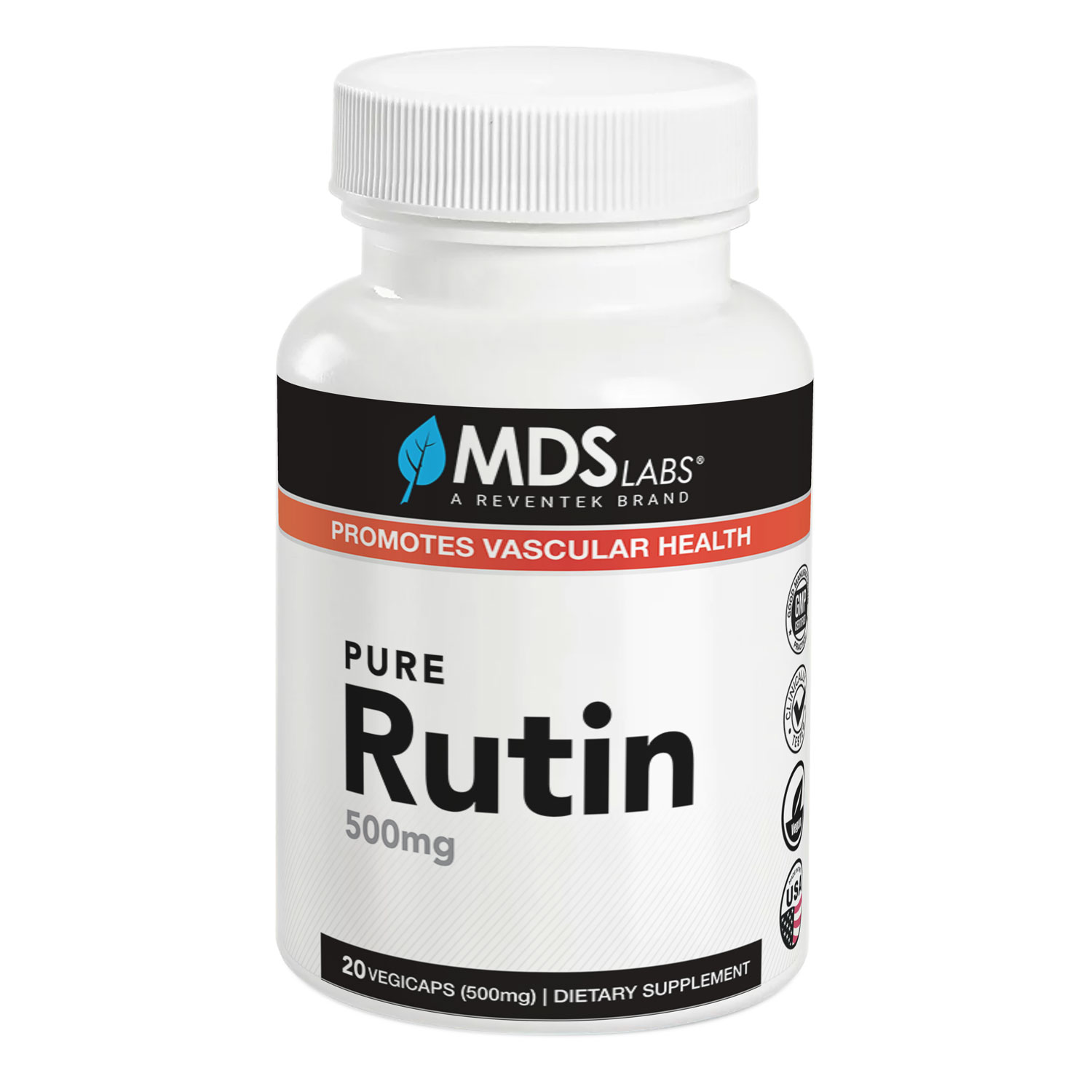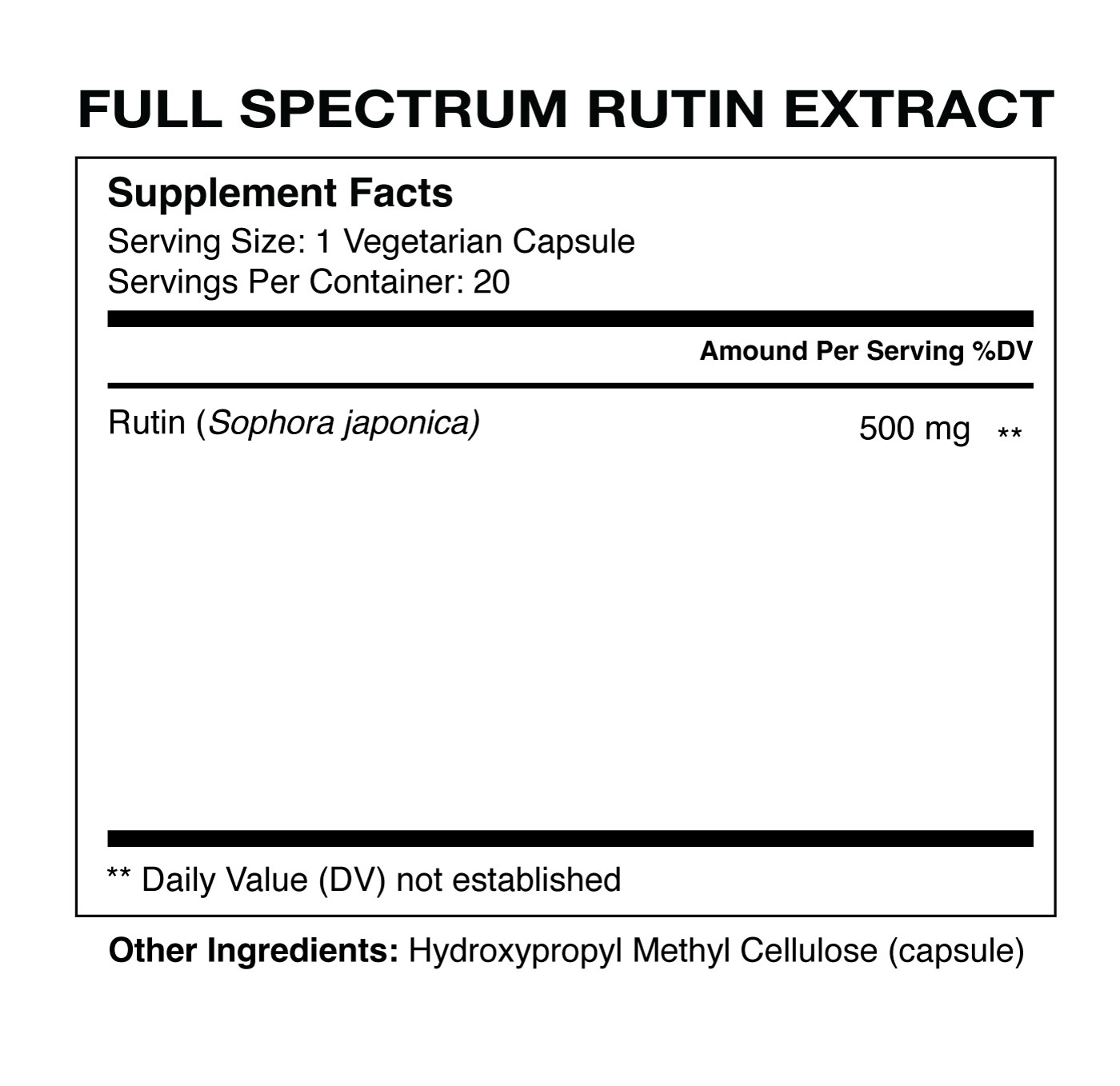Chronic inflammation is a significant factor in aging and can contribute to the development of disease. By modulating inflammatory pathways, Rutin is believed to reduce the risk of these conditions, thereby promoting healthier aging.
Rutin is also thought to support blood vessel health, which is vital for preventing age-related vascular diseases. Its believed to have the ability to strengthen blood vessels, improve circulation, and treat both varicose veins, which are more common as people age.
Interestingly, recent studies have indicated that Rutin has potential against SARS-CoV-2 due to its inhibition of Mpro, RdRp, PIpro, and spike (S)-protein.
Studies have shown that Rutinocide can cause the inhibition of c-Met Kinase enzymes. These proteins have recently been found to serve as an early marker of cellular senescence and might contribute to resistance to apoptosis and senescence-associated secretory phenotype, making it an important component in senotherapeutic and anti-aging applications.
Rutin is a bioflavonoid compound found in various plants such as buckwheat, apples, and citrus fruits. It has been extensively studied for its potential in anti-aging treatment. Rutin is known for its antiprotozoal, antibacterial, anti-inflammatory and antiviral properties.
Chronic inflammation is a significant factor in aging and can contribute to the development of disease. By modulating inflammatory pathways, Rutin is believed to reduce the risk of these conditions, thereby promoting healthier aging.
Rutin is also thought to support blood vessel health, which is vital for preventing age-related vascular diseases. Its believed to have the ability to strengthen blood vessels, improve circulation, and treat both varicose veins, which are more common as people age.
Interestingly, recent studies have indicated that Rutin has potential against SARS-CoV-2 due to its inhibition of Mpro, RdRp, PIpro, and spike (S)-protein.
Studies have shown that Rutinocide can cause the inhibition of c-Met Kinase enzymes. These proteins have recently been found to serve as an early marker of cellular senescence and might contribute to resistance to apoptosis and senescence-associated secretory phenotype, making it an important component in senotherapeutic and anti-aging applications.





Reviews
There are no reviews yet.